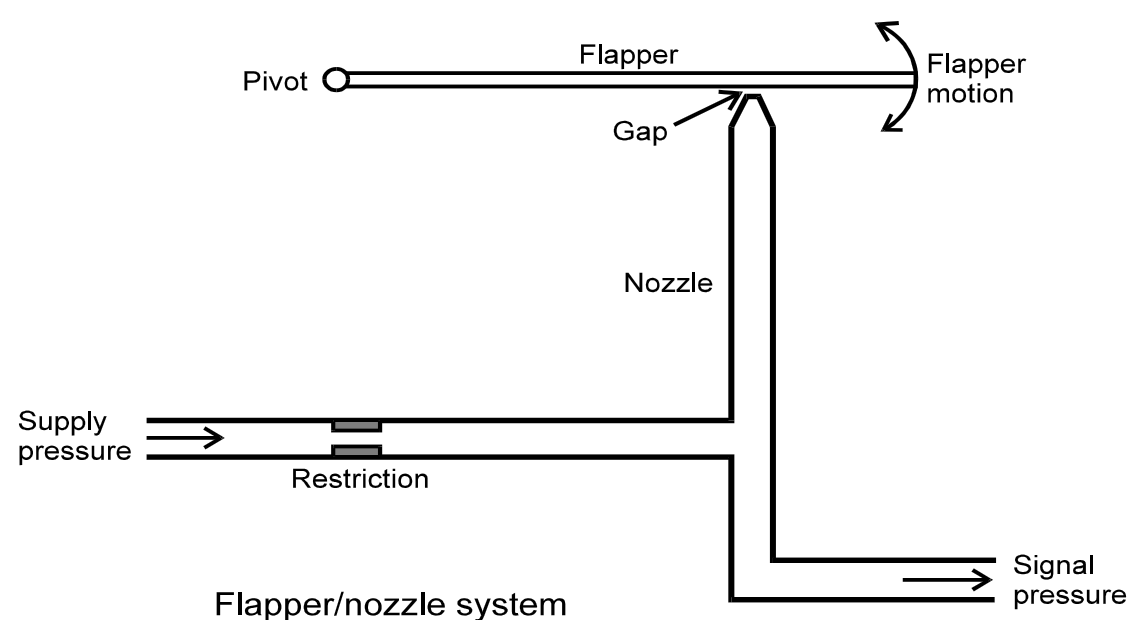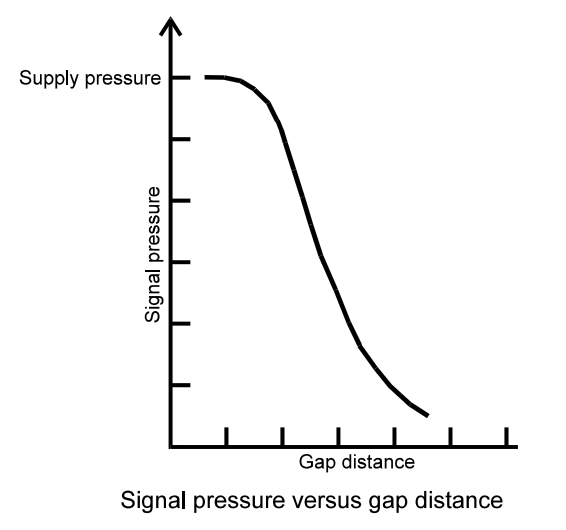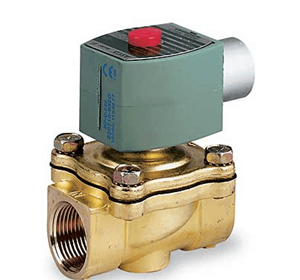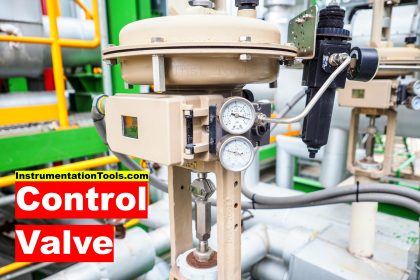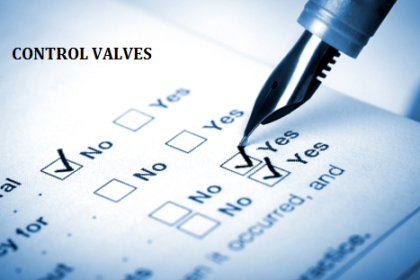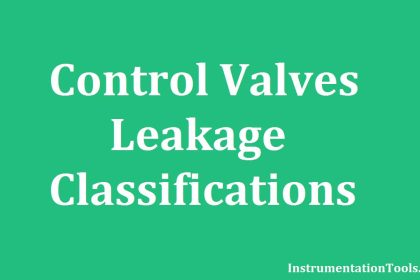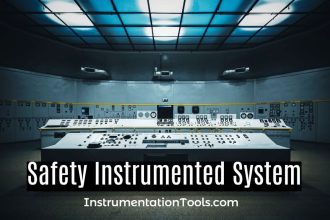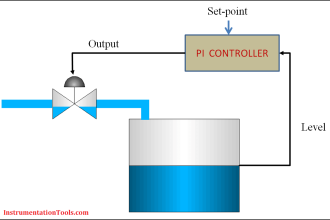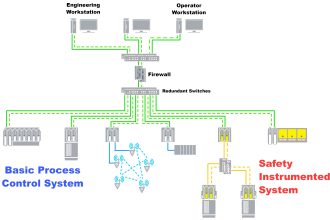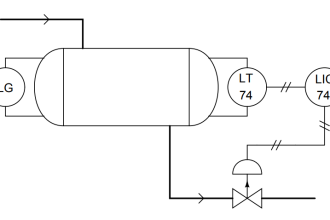A very important signal conversion is from pressure to mechanical motion and vice versa. This conversion can be provided by a flapper nozzle system (sometimes called as baffle/nozzle system).
Flapper Nozzle System
A diagram of this device is shown in Fig.I below.
A regulated supply of pressure, usually 20 psig, provides a source of air through the restriction. The nozzle is open at the end where the gap exists between the nozzle and flapper, and air escapes in this region.
If the flapper moves down and closes off the nozzle opening so that no air leaks, the signal pressure will rise to the supply pressure.
As the flapper moves away, the signal pressure will drop because of leaking of the leaking air. Finally, when the flapper is far away, the pressure will stabilize at some value determined by the maximum leak through the nozzle.
Fig II shows the relationship between signal pressure and gap distance. Note the great sensitivity in the central region. A nozzle/flapper is designed to operate in the central region where the slope of the line is greatest.
In this region, the response will be such that a very small motion of the flapper can change the pressure by an order of magnitude.
Note :
- By adding a Electro-Magnet & supportive springs, we use this system as Current to Pressure Converter (I/P Converter).
- By adding an LVDT assembly & supportive springs, we use this system as Pressure to Current Converter. (P/I Converter).
We will discuss in detail about I/P Converter and P/I Converter in separate topics, check below.
Also Read :
Reference : apexinnovations
